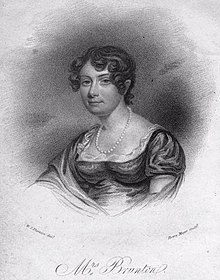
Frances Burney, also known as Fanny Burney and later Madame d'Arblay, was an English satirical novelist, diarist and playwright. In 1786–1790 she held the post of "Keeper of the Robes" to Charlotte of Mecklenburg-Strelitz, George III's queen. In 1793, aged 41, she married a French exile, General Alexandre d'Arblay. After a long writing career and wartime travels that stranded her in France for over a decade, she settled in Bath, England, where she died on 6 January 1840. The first of her four novels, Evelina (1778), was the most successful and remains her most highly regarded, followed by Cecilia (1782). Most of her stage plays were not performed in her lifetime. She wrote a memoir of her father (1832) and many letters and journals that have been gradually published since 1889, forty-nine years after her death.
Elizabeth Meeke was a prolific English author, translator and children's writer, and the stepsister of Frances Burney. She wrote about 30 novels, published by the Minerva Press in the late 18th and early 19th centuries.
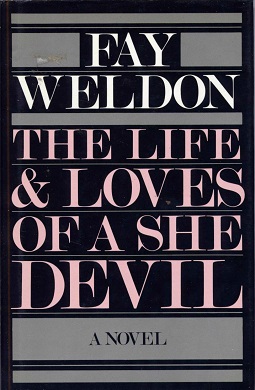
The Life and Loves of a She-Devil is a 1983 novel by British feminist author Fay Weldon. A story about a highly unattractive woman who goes to great lengths to take revenge on her husband and his attractive lover, Weldon stated that the book is about envy, rather than revenge.
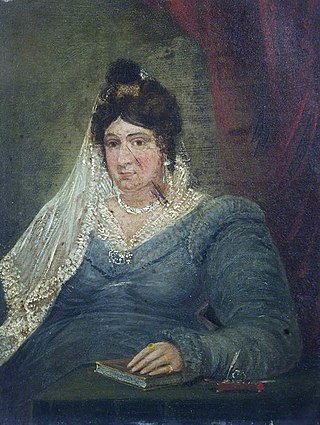
Ann Julia Hatton, was a popular novelist in Britain in the early 19th century and author of Tammany, the first known libretto by a woman.
Dale Spender was an Australian feminist scholar, teacher, writer and consultant. In 1983, Dale Spender was co-founder of and editorial advisor to Pandora Press, the first of the feminist imprints devoted solely to non-fiction, committed, according to The New York Times, to showing that "women were the mothers of the novel and that any other version of its origin is but a myth of male creation". She was the series editor of Penguin's Australian Women's Library from 1987. Spender's work is "a major contribution to the recovery of women writers and theorists and to the documentation of the continuity of feminist activism and thought".
The academic discipline of women's writing is a discrete area of literary studies which is based on the notion that the experience of women, historically, has been shaped by their sex, and so women writers by definition are a group worthy of separate study: "Their texts emerge from and intervene in conditions usually very different from those which produced most writing by men." It is not a question of the subject matter or political stance of a particular author, but of her sex, i.e. her position as a woman within the literary world.
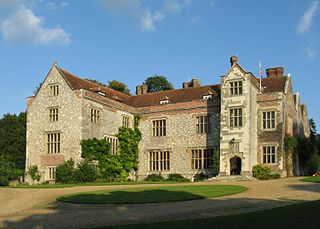
Chawton House is a Grade II* listed manor house in Hampshire on the South side of Chawton village, and the present building was started in 1580.

Sarah Harriet Burney was an English novelist. She was the daughter of the musicologist and composer Charles Burney and half-sister of the novelist and diarist Frances Burney. She had some intermittent success with her novels.
Frances Margaretta Jacson was an English novelist. Her work shows a strong moral purpose and insight into relationships and marriages.

Sarah Egerton (1782–1847) was an English actress. The judgement of William Macready was that "her merits were confined to melodrama."
Alicia Le Fanu was an Irish poet and writer.
Francis Augustus Ligonier was a French-born officer of the British Army.
Caroline Burney was the pseudonym of the author of two early 19th-century three-volume novels published in London: Seraphina (1809) and Lindamira (1810). The real identity of the author has not been discovered.
Self-Control is a novel by the Scottish novelist Mary Brunton, published in 1811. The novel, which had some success in its own time, tells a rocambolesque tale, which inspired Jane Austen when she wrote her Plan of a Novel. Part of the author's intention in writing the work was to show "the power of the religious principle in bestowing self-command", while rebutting the idea that a reformed rake makes the best husband.
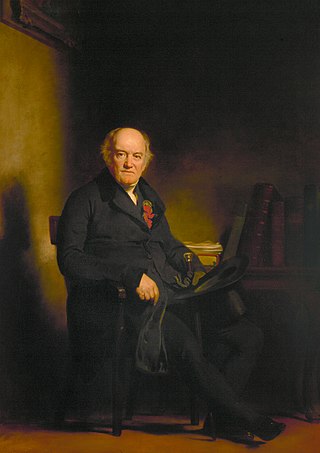
Alexander Brunton FRSE FSA was a Scottish minister in the Church of Scotland who rose to its highest rank, Moderator of the General Assembly in 1823. He was a noted academic, as Professor of Hebrew and Oriental Languages at the University of Edinburgh.
Sarah Scudgell Wilkinson was an English writer of children's books and novels. Some of her many chapbooks adapted existing novels.

Frances Elizabeth "Fanny" King, néeBernard was an English philanthropist and author.

Mothers of the Novel: 100 Good Women Writers Before Jane Austen (1986), by Dale Spender, is a foundational study for the reclamation project central to feminist literary studies in English in the late 1980s and 1990s.
